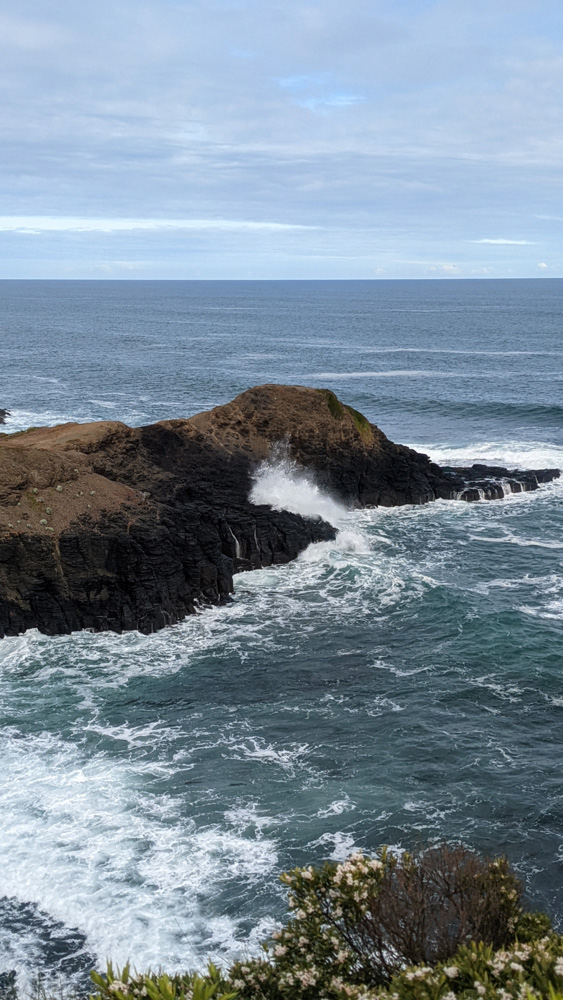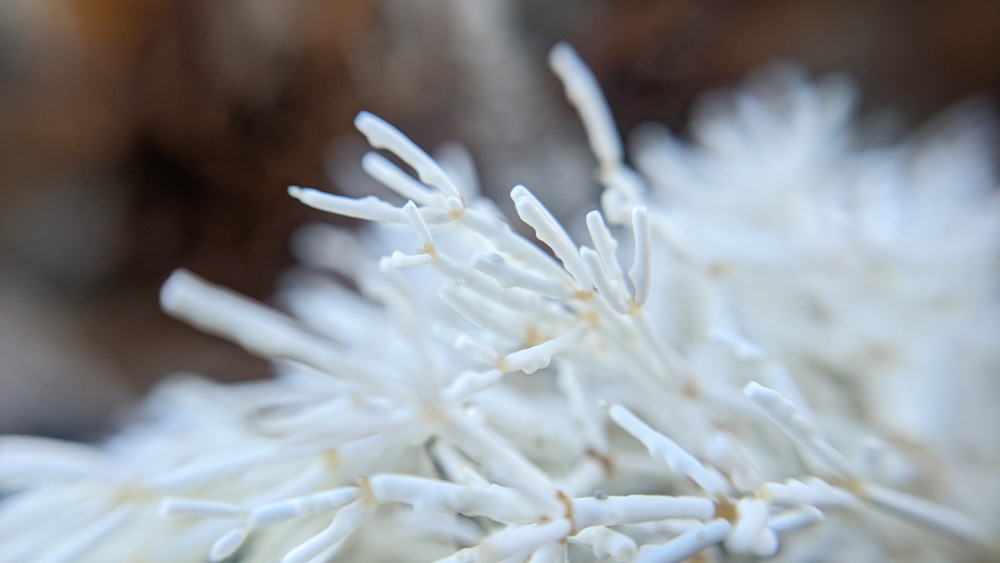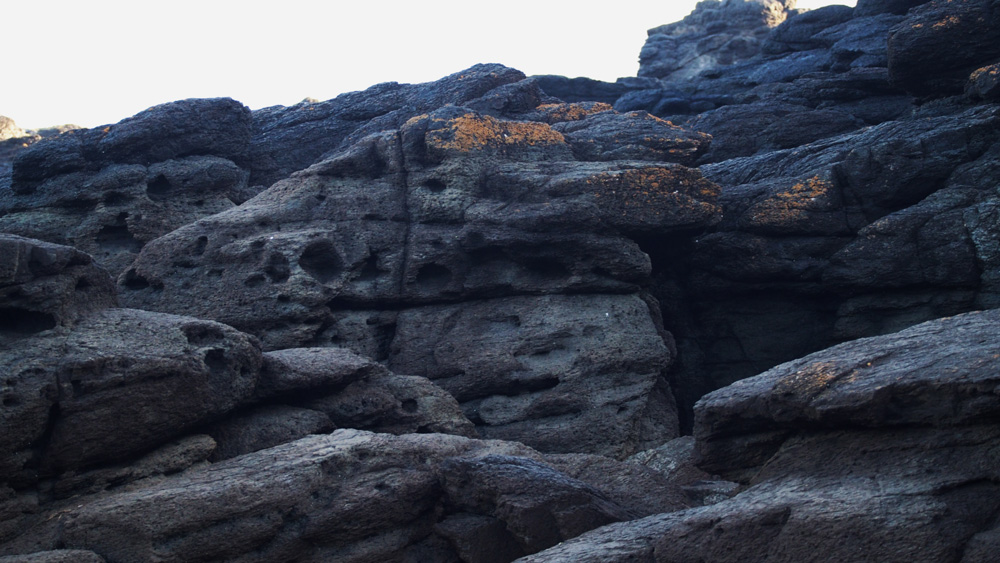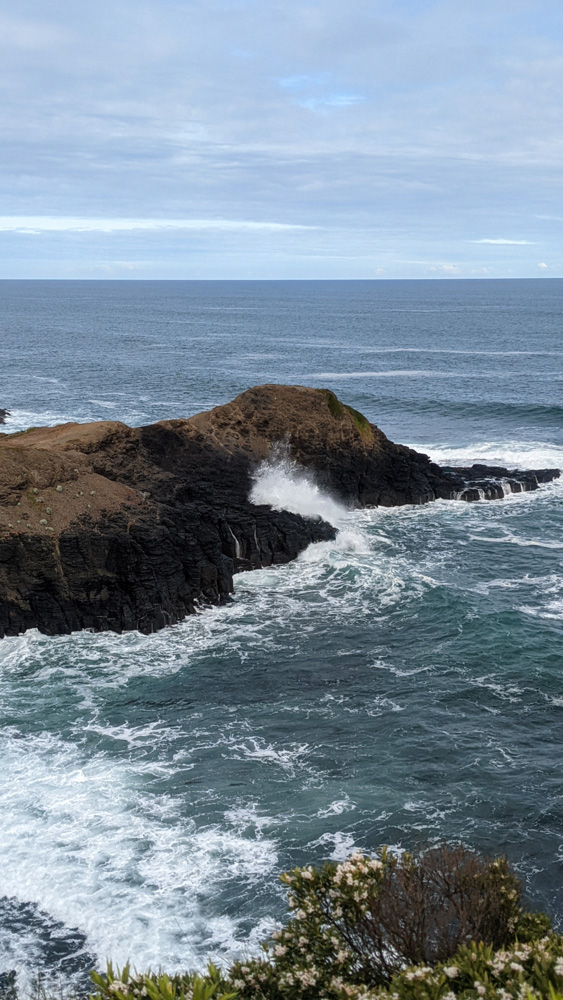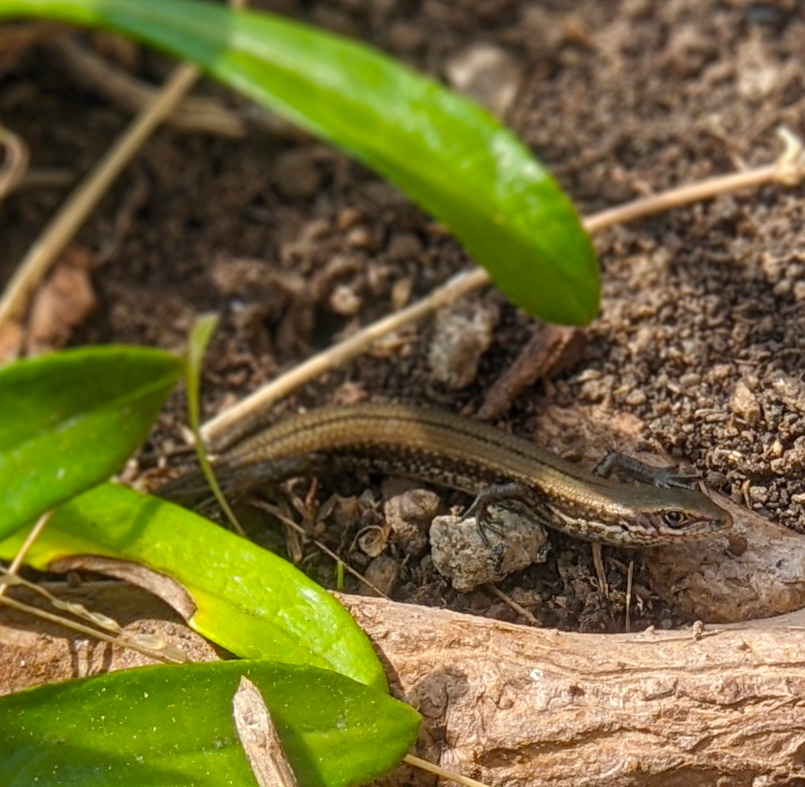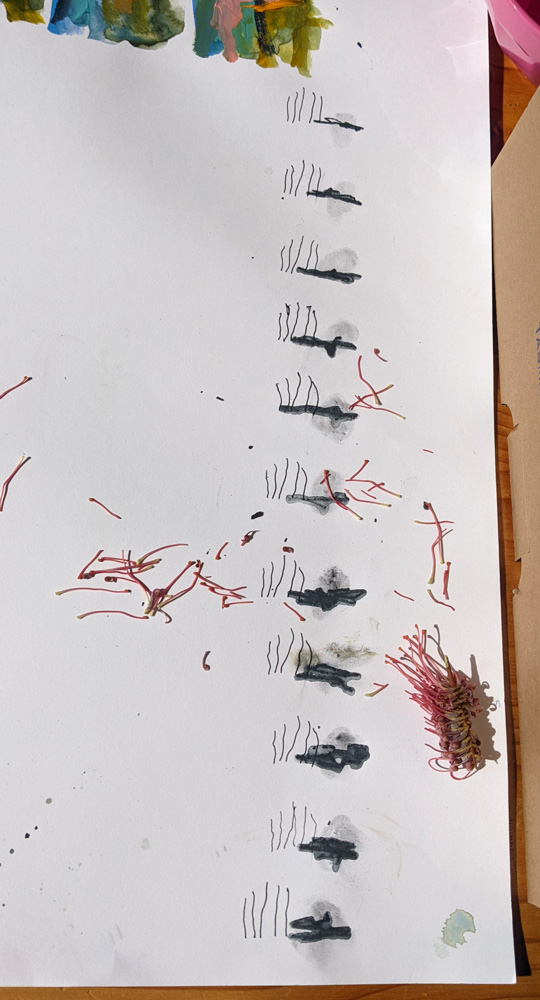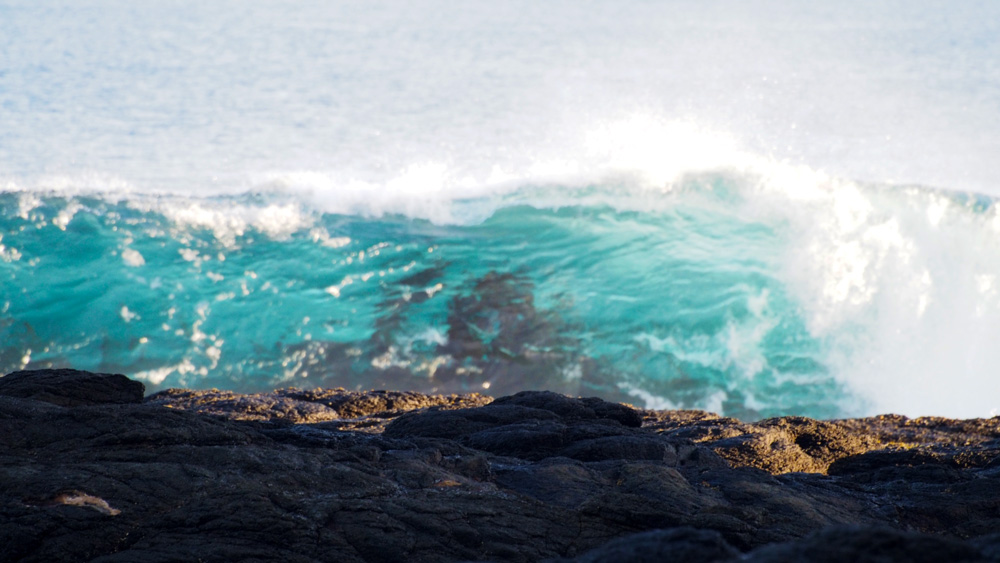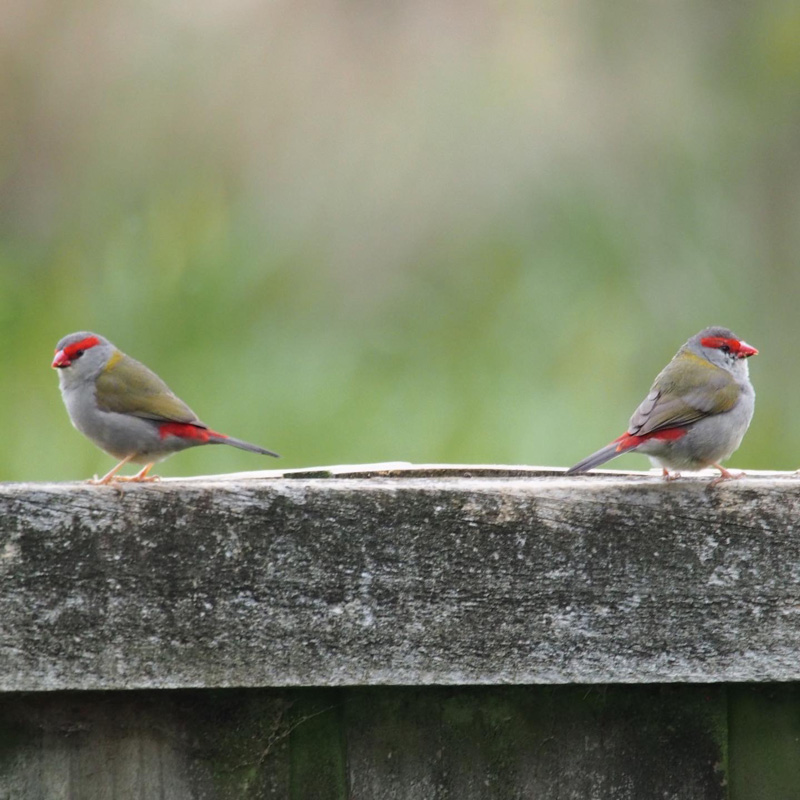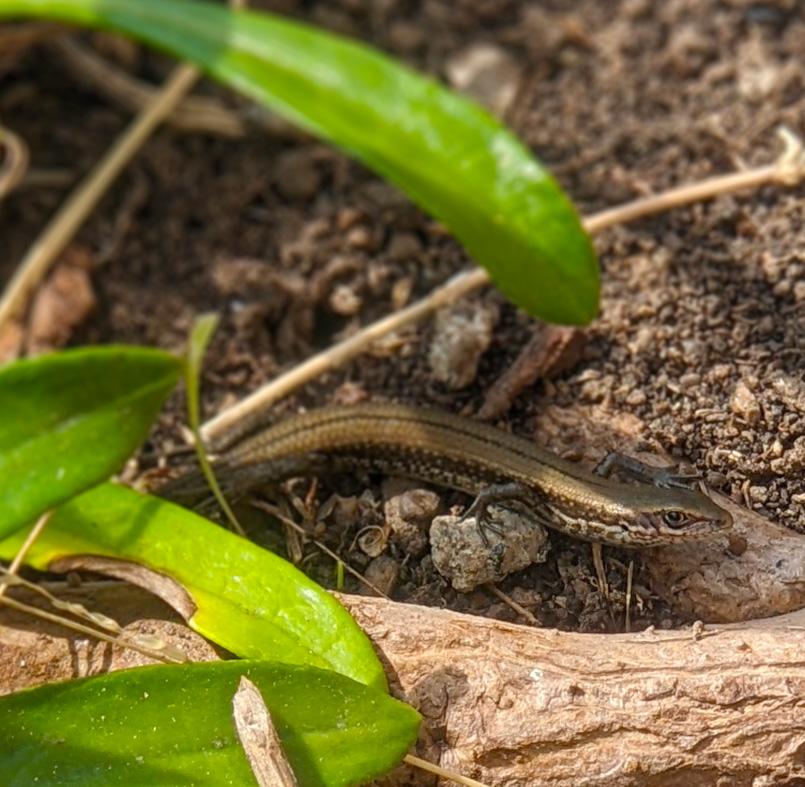BALNARRING 2022
SALTBUSH ARTIST RESIDENCY
In late autumn to early spring of 2022 I undertook my first Artist in Residency program at Saltbush Balnarring Beach. I had four incredible weeks in this unique part of the world to explore, think expansively, and of course – create.
Saltbush Balnarring Beach is a not for profit, charitable organisation that exists to enrich the lives of people experiencing hardship by providing a peaceful environment for rest, play, growth and connection.
Their Artist in Residence program is a new endeavour, adjacent to their primary mission. I am only the second artist to have had this opportunity.
I wish to acknowledge the Bunurong / Boon Wurrung people of the Kulin Nation, the Traditional Custodians of the land on which I undertook this residency. I pay my respects to their Elders, past and present. Sovereignty was never ceded.
It always was and always will be, Aboriginal land.
Please scroll on to read an interview about my experience and see my photos and resulting works.
Walking through Balnarring Bush
What inspired you during your residency?
Nature! Nature is my favourite thing – especially Australian nature. Especially, especially the colours and sounds of Australian nature.
When I first arrived at Saltbush, late on a bleak and dreary night, I was a little bit worried about getting lonely during my stay. But when I woke up the next morning, I realised I’m never lonely when I’m in nature. And nature was right on my doorstep. There was so much to explore.
I immediately got into a routine of sitting on the step outside my house in the mornings and evenings to say hello to ‘my’ resident blue tongue lizards, watch the bunnies hop around (a menace, but cute and evocative of Beatrix Potter stories nonetheless), and observe the birds. Eastern Rosellas chattering away, the constant waaaa waaaaaa of the ravens, warbling of magpies, the surprisingly beautiful song of a family of starlings, and the hubble bubble of noisy miners were the cheerful soundtrack to my stay.
After my morning coffee, I’d pick a place to explore and head off for the day.
Where did you explore?
I used Saltbush Balnarring as a jumping off point to explore many different places on the Mornington Peninsula / Bunurong / Boon Wurrung country. Some old haunts and some new places too. The farthest afield I went was to ‘London Bridge’ in Portsea (colonisers have such imagination. Any arched rock formation = ‘London Bridge’), Peninsula Hot Springs (twice!), a hike at Greens Bush, a doddle around Rye and Rosebud area, and sideswipe to Cape Shanck.
But mostly I was eager to focus on Balnarring and surrounds. Having stayed at a friend’s beach-house in Balnarring in my late teens/early twenties (at the turn of the century!), I felt that I knew the place fairly well. Now, having explored the area for four weeks, I realise I’ve only just scratched the surface and had no idea what this beautiful part of the world had to offer.
‘The wilderness’
The property on which Saltbush is located is huge and has a vast area out the back that they call ‘the wilderness’. It’s recently reforested land that has become habitat and a thoroughfare for koalas, wallabies, reptiles and so many magnificent species of birds. I spent a lot of time just wandering around the wilderness – thinking and soaking in the sights, sounds and smells of nature.
Coolart Wetlands / Merricks Creek.
Saltbush is just a few minutes away from Merricks Creek and the Coolart Wetlands. Though I had driven over this creek dozens of times in my youth, I had never stopped to look at it. A whole new world revealed itself to me. I’m now just a little bit in love with this part of the peninsula.
I walked through this area almost daily and found it to be an incredibly inspiring place. Closer to the Coolart Estate there are formal bird hides, in which I spent a bit of time and upped my bird-nerd credentials significantly. But mostly I preferred the rambling, natural paths that meandered between the beach, the creek and bushland. I spotted a koala, several swamp wallabies and scores of bird species.
The combination of constant birdsong, the rustling of the reeds in the creek, and the distant sound of waves over the dunes created a unique and intoxicating soundscape. This was where I developed the idea to create animations responding to local soundscapes as the focus of my residency work.
Flinder’s Blowhole
I returned to Flinder’s Blowhole several times. The ‘blowhole’ wasn’t much chop, as far as blowholes go. But this place really spoke to me. It felt wild and rugged and deeply significant. There is something profound in the jagged outcrops, enormous incoming waves and the black, black, black rock formations. No doubt it is a place of spiritual and cultural significance to the traditional owners. More research required.
Warringine Wetlands
Warringine Wetlands was one of the highlights of the trip. Another place I returned to several times. A trail and large sections of boardwalk stretch along the wetlands and mangroves between Hastings and Jack’s Beach. Despite the panoramic views being bookended by oil refineries on both sides, it was easy to feel immersed in nature here. The first time I went, it was just one of life’s great days. The weather was perfect, my health was good, and there was almost no one else around. I was in a little pocket of ecstasy as I walked along and listened to the timpani of the pobblebonks mixed with the tattoo of the eastern froglets below. Above and around were swans with their cygnets, wrens, ravens, eagles, and I photographed many species which were new to me and had me excitedly flipping through the pages of my bird identification books in the evening. Nerd.
Warringine Wetlands
What made Saltbush Balnarring Beach unique?
Before this opportunity, I knew nothing of Saltbush Balnarring Beach (Formerly Presentation Family Centre). I was excited to learn that Saltbush’s vision and mission were so closely aligned with my own ethics and values. Social justice, recognition and respect for traditional owners, diversity, inclusion, respite for carers, care for environment and conservation are all matters close to my heart and on Saltbush’s mandate.
“We are on a mission to be the most environmentally friendly, accessible and welcoming space that we can be. We want to reach more people and use our space for as much good as we can. This is one of the reasons that we’ve started offering the artist residencies – we value the work artists do, but also the people that they so often are – and we have certainly found that with the two residencies we offered this year, our artists brought a wonderfully warm and curious attitude to the environment of the Mornington Peninsula.”
“We think that building connections with artists opens up possibilities for collaborations, for creating art on site, for sharing what we do with a wider audience who may want to support us. We don’t quite know where artist residencies will take us, but we’re happy to be connecting with such lovely people and seeing what unfolds over time.”
For me, Saltbush delivered exactly what it promised: restoration through connection with nature. I am so appreciative of the opportunity to participate in this residency. Time and space are some of the most valuable and precious assets to an artist, and Saltbush provided them in abundance.
Merricks Creek
What did you hope to achieve going in, and how did that differ from what you feel came out of it?
I went with an open mind and a car full of materials. The beauty of this residency was that I had no obligations as to what I had to create. I could use the time as I pleased, which gave me the freedom to wait until I got there to see how the place spoke to me and what I felt inspired to create. I had come prepared for all sorts of outcomes: painting, sculpture, animation, sketching.
Fairly soon on my daily walks, the soundscape started speaking to me. And I came up with the idea of creating visual responses to the local sonic landscapes.
I was quietly pleased that this was the direction that my brain decided to go. Despite animation being one of my favourite things in the whole world, I feel like I haven’t produced nearly enough of it in my lifetime for the purposes of feeling satisfied with my overall output or for feeling like I am a ‘real’ animator.
I had already been collecting recordings of different areas during my exploration just for interest’s sake (I’m a hoarder and collector of all things, including sounds) and to help identify birds that I could hear but couldn’t see. It was a natural progression that these could become readymade soundtracks for animated works.
When I started the residency, I had some strange idea that I needed to become some sort of stoic for the duration of the experience – to cut myself off from communication and technology and focus solely on ‘the work’. This idea was never going to fly in reality, especially for me since I have limited energy due to my MS. I had to give myself a talking to fairly early on, that it was alright to to have down time, and indeed it was essential.
I had wildly oscillating feelings about the state of the environment while I was in Balnarring. In many ways, the footprint of Balnarring was similar to 20 years ago. But in other ways it had changed. Where old fibro beach shacks once stood among the gums, there were now massive, fancy, beachy, mansions stretching from fence line to fence line. The habitat loss was stark. It was weeks before I saw my first koala, where there used to be plenty.
I felt some pressure, (totally self imposed) to have only positive feelings about the environment and to reflect that in my work. I must admit though that I had many bleak days where I felt extremely distressed about loss of habitat and species due to climate crisis and human interference. I have these days fairly regularly anyway, though it felt even more acute during my time in Balnarring.
As is my habit, I try to ameliorate these difficult feelings by figuring out how I can help, where I can get involved or who I can give money to to contribute to positive change. There are many great community programs running on the peninsula to help protect species and regenerate habitat. On good days I feel like I can double down on my personal contribution to such schemes. On bad days I feel like until there is massive systemic, political, economic and societal change – we’re just shuffling deck chairs on the Titanic.
How does this reflect in my work? Though unintentional, I think my work serves two critical functions in attempting to address the horror of the anthropocene.
- My work is a recording of a moment in time. The act of recording the local soundscape is an actual measure of the status of the environment in that time and place. As I was studying the spectral frequencies of my recordings to try to match up my animation to the sound, I realised I was doing exactly what environmental scientists do when they analyse sound in order to assess species diversity and distribution.
- I hope, through beauty or intrigue, to encourage people to take a closer look at their local environments and interact with them more intimately. I hope that by sharing how I see and hear the world, that my work may help connect people to place – that they may be inspired to observe and investigate the intricacies of their own environments. If people become more aware of the fine balances of nature and ecosystems around them, then they are more likely to care, respect, and act for the benefit of their environment. I hope my art can nurture or prompt this process.
You mentioned something about taking a while to get started. Could you talk to that – was it intentional? How did you get to the point of producing?
Being my first residency, I wasn’t quite sure how I would structure my time. I did give myself mental permission to not have any expectations for the first week. I had come off the back of a few very intense months of work and house renovations and was in desperate need of a rest. I told myself it was ok to collapse for a whole week, nevertheless the excitement of exploring got the better of me.
In my head, I had expected it might take a week or two to explore the area and develop an idea for what sort of work I wanted to create. I needed to wait for the environment to tell me what to create. I took a sketchbook everywhere I went, though I found it almost impossible to bust it out for the first time and do some en plein air sketching. This is a hurdle I face on most trips. The first sketch is hard to talk yourself into. Once it’s out of the way you feel a lot more freed up.
I’m not sure how anyone who lives in the country gets anything done. I know the novelty must wear off. But for me, it felt almost impossible to sit down and work inside when there was so much nature to explore just outside. There were always lizards and koalas to look for, birds to watch, trees to observe, the changing hues of the sky, paths and trails to explore, lookouts to look out from! I felt an irresistible impulse to be exploring in nature as much as possible to make the most of the opportunity. This made it a challenge to get any work done.
Luckily my ‘hobbies’ (sketching, nature photography, macro photography, listening, looking and exploring) provided a foundation for the development of more considered work. I started tinkering with animations inspired by what I was observing and what I was documenting. I leveraged the ‘bad weather’ days as days to stay in and get some animation done.
During my stay I created a series of very short experimental animations. Some are lifted directly from my observational sketches, others are a response to sound, and others are literal interpretations of place and creatures.
I aim to develop these experiments into longer works or a perhaps single piece which will encapsulate my time in Balnarring, on Boon Wurrung / Bunurong country.
Rosella Chatter
What do you want to hold on to the most from the experience?
This was my very first residency. The experience of having proper, solid, dedicated time to think and observe and create was one of the best experiences I’ve ever had. It felt incredible for my only obligation to do what I love doing most in the world – exploring nature and responding to it. It was one of the first times in my life when what I was ‘supposed to be doing’ was exactly in line with what my heart, brain and body wanted to do.
I am keen to replicate and repeat this experience, whether in a formal or informal capacity, hopefully once a year if I’m able; to take time away from all the responsibilities of everyday life and truly explore and connect with a place and indulge my creativity.
Waa Waa
What was the most unexpected experience/outcome/observation from your residency?
I did not expect to fall so in love with this part of the world. I didn’t know there was so much to discover. However, as we’ve learnt through lockdowns during Covid, if you focus your attention on your immediate surrounds, there is always more to discover than you realise. Nature is everywhere. Country is everywhere. And because of that, there is ALWAYS something to learn and observe and be interested in.
Do you have one piece of advice for potential/future creative residents?
It’s ok to be exactly who you are. I always feel worried in these sorts of situations that I won’t live up to people’s expectations of what an artist is, or even my expectation of what an artist is. That I won’t dress the right way, or speak the right way or be the right way. I’m an extreme introvert by nature and was worried this may impact on how my hosts would see my contribution and participation in the residency. As it turns out, exactly who I am was exactly who I needed to be. I was appreciated for my strengths and accommodated for my idiosyncrasies. All ways of being are valid. Be true to yourself, kind to yourself, and the rest will fall into place.














